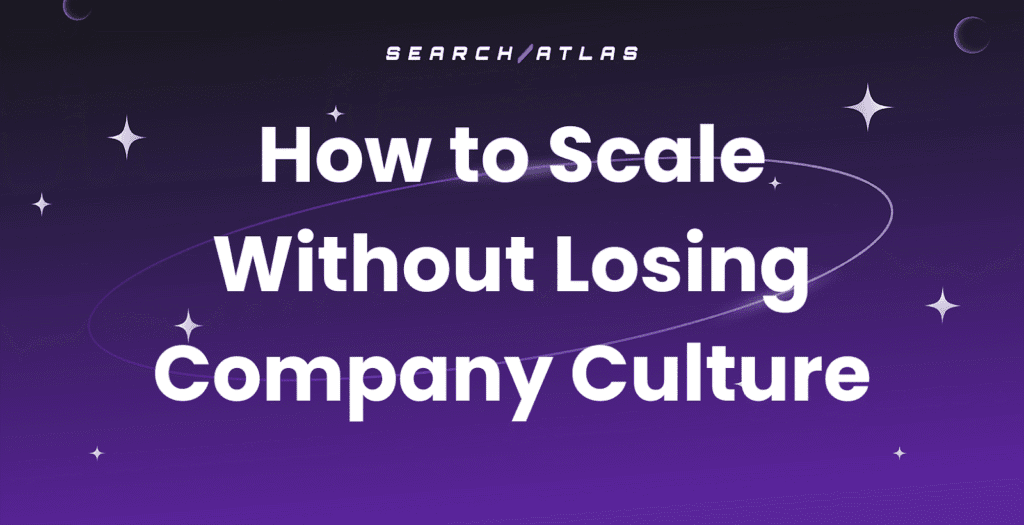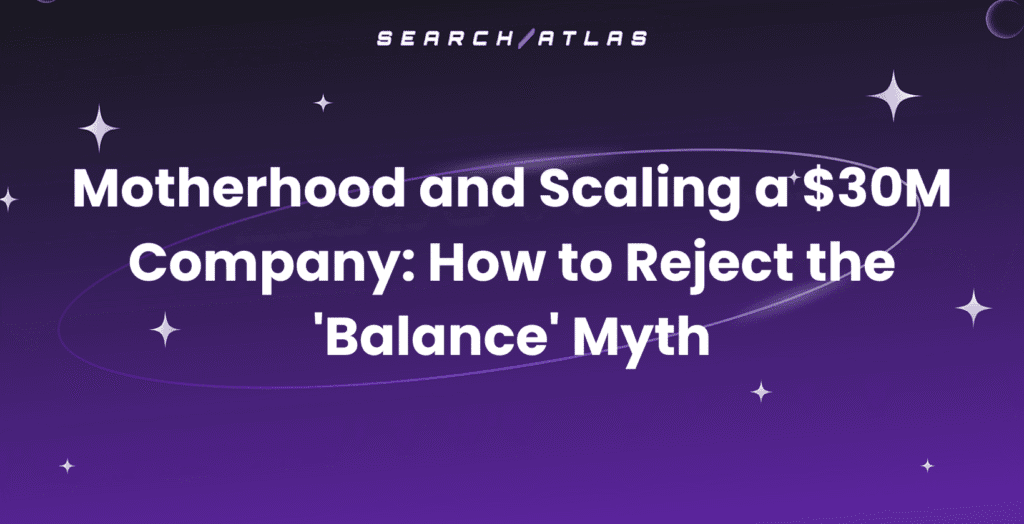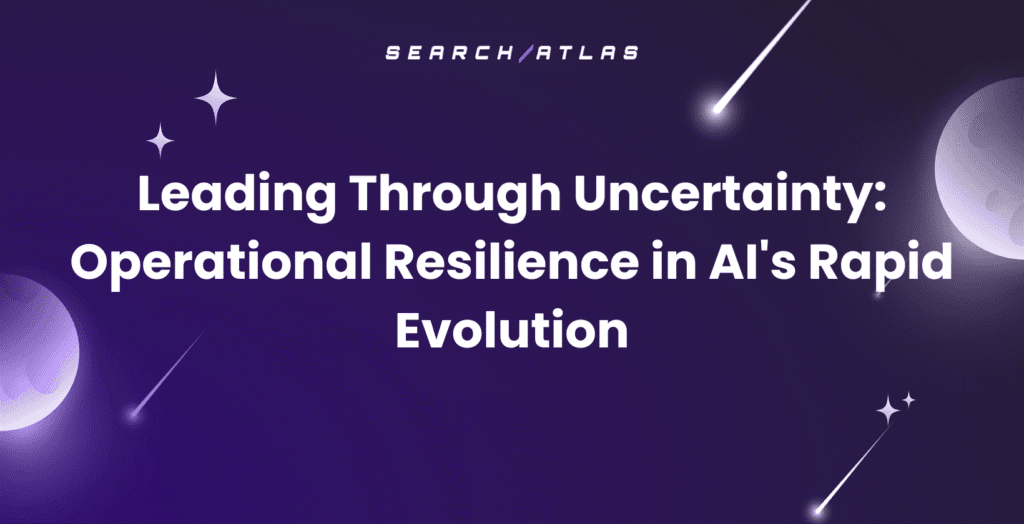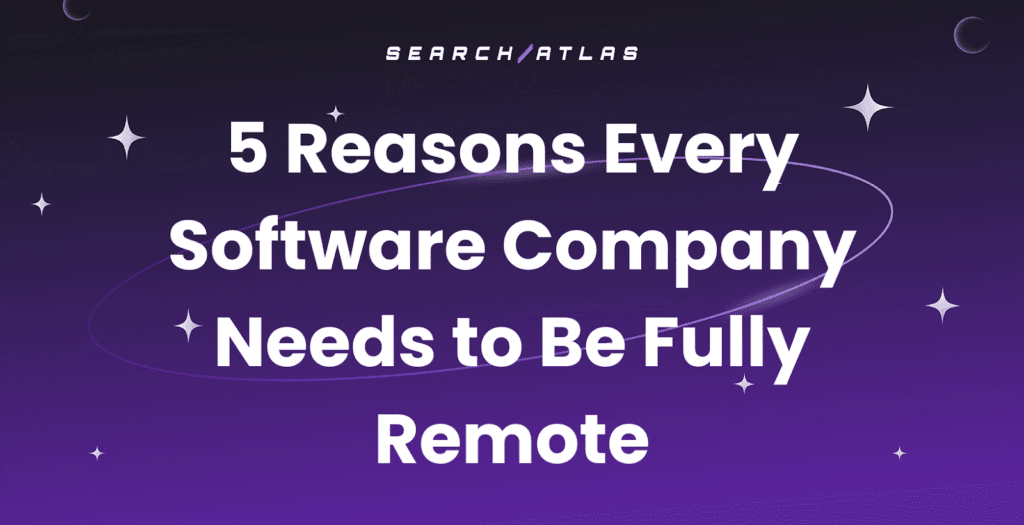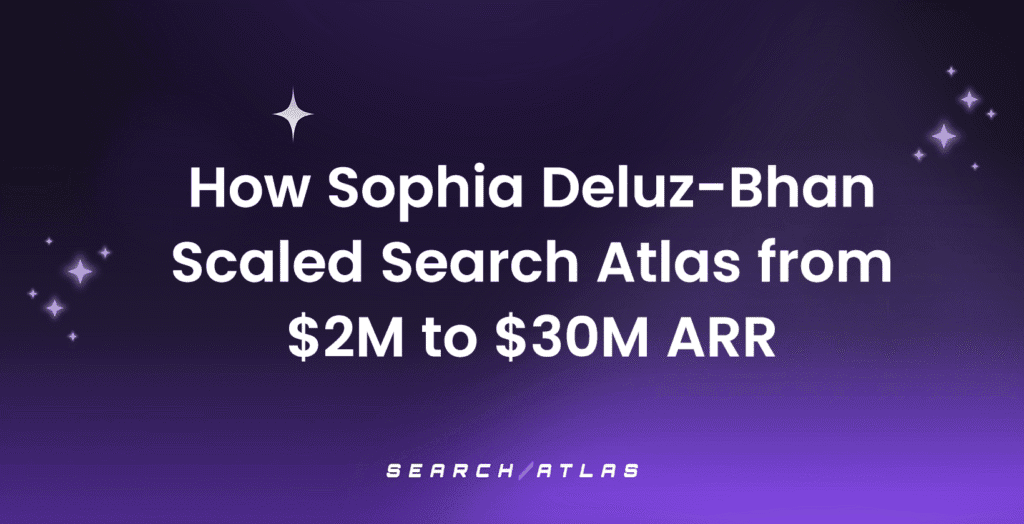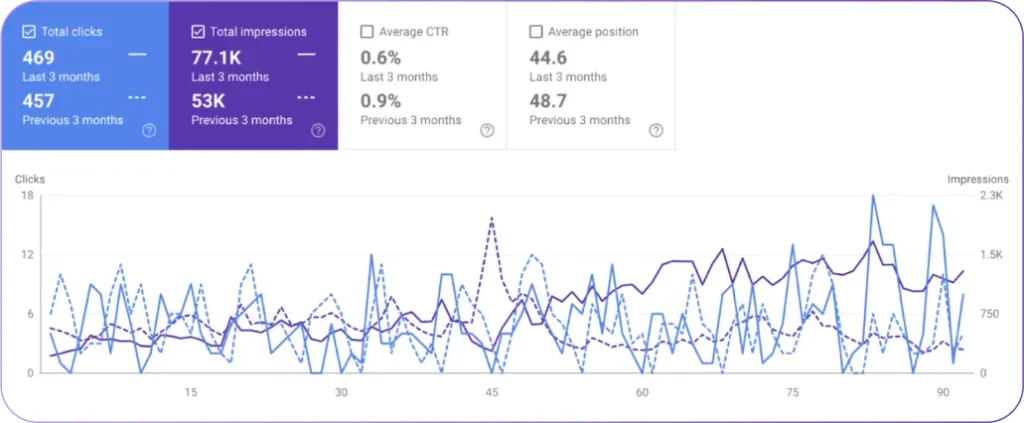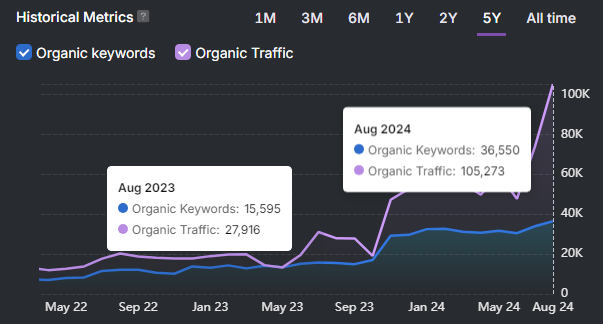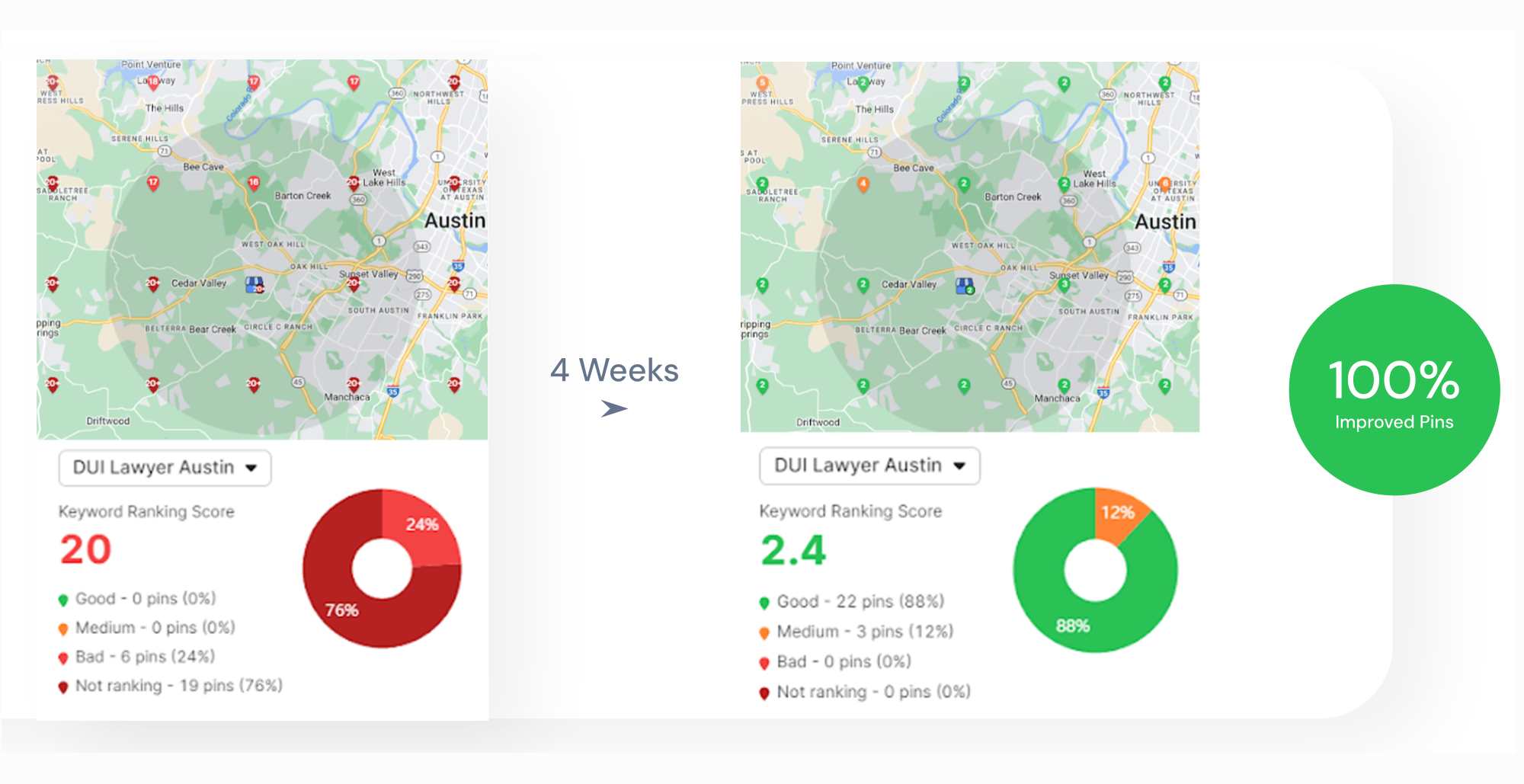Google’s new MUVERA patent (Multi-Vector Retrieval) redefines how authority and relevance are measured in search, introducing a retrieval model that relies on vector-based semantics, behavioral trust, and synthetic user signals.
In this SEO expert conversation, Manik Bhan and Koray Gübür unpack the technical foundations of MUVERA, its connection to Large Language Models (LLMs), and how Google is moving toward trust-driven, AI-evaluated search systems.
As MUVERA reshapes how Google interprets search intent and content structure, both agree that surface-level SEO is no longer enough. Manik emphasizes that success in this environment requires original insight, strong signals, and brand authority, while Koray adds that semantic structure, topical clarity, and authorship are now central to future-proof SEO.
Competing in this environment means adopting a holistic SEO approach that connects technical optimization, semantic clarity, brand trust, link authority and content ecosystems that serve both users and LLMs.
Key Segments
1:01 Google’s MUVERA Patent Explained
6:22 TF-IDF vs. Vector-Based Ranking
10:45 What Topical Authority Really Means Now
15:37 User Signals, History & Personalization
21:03 The Rise of LLMs & What It Means for SEO
28:40 Why Webpages Are Becoming Trust Hubs
35:00 Actionable Takeaways for SEOs
How Google Measures Site Quality Today
Google’s definition of site quality has shifted from technical checklists and backlink counts to a more sophisticated system built on behavioral signals, and branded search demand. Site quality is now calculated dynamically, reflecting how users interact with a website over time. It includes not just clicks, but who is clicking, how often they return, and whether they search for the brand directly.
Manick: Google measures site quality through long-term engagement and branded search behavior. When a site has high traffic but weak brand signals, it risks being flagged by systems like the Helpful Content Update (HCU).
Koray: Systems like Navboost evaluate how often users search for a brand directly. Strong navigational demand and entity-level trust raise a site’s quality score. Without meaningful branded queries, a site lacks real-world relevance and is treated as replaceable.
Inside the MUVERA Patent: Trust, Semantics and Synthetic Users
MUVERA is Google’s new patent that introduces a new retrieval algorithm. Building on earlier systems like Panda and Navboost, which emphasized branded queries, navigational paths, and behavioral signals, MUVERA introduces vector-based semantics and synthetic user behavior to evaluate trust and relevance.
Synthetic users are simulations modeled on real people with deep topical interest and long search histories. Google generates synthetic queries and clicks to test how results perform at scale, simulating qualified user interactions to evaluate which content is most likely to satisfy intent.
MUVERA connects these ideas into a dynamic trust model, measuring how well a site aligns with intent across both human and simulated journeys. Instead of rewarding pages only for what they contain, Google now emphasizes engagement and whether that engagement signals lasting site authority.
Manick: Google no longer just counts clicks, it evaluates who is clicking, why, and how often they come back. MUVERA brings trust scoring into the semantic era, weighting behaviors over time instead of just surface-level metrics.
Koray: MUVERA shows that Google is simulating user behavior to measure trust. To rank, SEOs must optimize for branded demand, semantic clarity, and entity recognition, especially at the passage and author level.
From Topical Authority to Cost of Retrieval
Topical authority no longer means publishing every keyword variation or saturating a category with content. Instead, Google evaluates how efficiently a page can be understood, trusted, and retrieved.
If a page is semantically clear and contextually consistent, it reduces Google’s processing cost and becomes easier to rank. But when a page is ambiguous, overloaded with mixed topics, or difficult to parse, it raises the cost of retrieval and risks being sidelined.
This evolution shifts weight away from sheer backlink volume toward semantic structure, topical clarity, and ease of interpretation. Authority is now tied not to how cost-effective your content is for Google to crawl, classify, and serve to users.
Manick: Topical authority is no longer just coverage. It’s about how efficiently your content communicates meaning to the machine. Pages that are hard to retrieve or semantically ambiguous won’t rank, no matter how comprehensive they are.
Koray: Cost of retrieval is the new ranking barrier. If Google has to spend too much time or energy to understand and trust your content, it won’t invest in you. Semantics are now Google’s preferred control point, and SEOs must optimize their pages with a single topic, consistent signals, and an internal structure that reduces ambiguity and cost.
Together, they argue that SEOs must now focus on semantic efficiency, which makes every word, link, and structure contribute to a clear, low-cost signal of expertise.
LLMs, Safe Answers and the Future of Visibility
Content visibility is shifting from search engine rankings to inclusion in AI-generated responses. LLMs like ChatGPT and Gemini now evaluate whether a page is clear, trustworthy, and safe to cite. This changes how websites must structure information to remain discoverable.
LLMs use fuzzy logic and probabilistic consensus. They don’t judge answers as true or false but check how closely content aligns with other sources. When multiple perspectives exist, models define a “truth range” and exclude pages that fall outside of it.
This creates a new standard. Pages that are extreme, ambiguous, or overly opinionated are more likely to be ignored. Search visibility favors content that is semantically structured, entity-backed, and consistent with broader consensus. Webpages are becoming training material, not just search results.
Manick: Your content is now LLM training material. To stay visible, it needs to be accurate, semantically structured, and authored by trusted entities. Reverbalizing Wikipedia won’t cut it — LLMs want fresh insight, consensus-friendly truth, and content that reinforces machine confidence.
Koray: Google ranks the safe answer. Pages that present multiple perspectives and stay within the “truth range” are more likely to survive AI scrutiny. Fuzzy logic, consensus modeling, and semantic balance are the new foundations of search visibility.
In practice, this is the basis of LLMO (Large Language Model Optimization). Pages gain visibility by offering balanced, well-structured information that aligns with other credible sources. To be included in AI output, content must be semantically clear, authored by recognized entities, and safe for models to replicate.
Holistic SEO in the Age of Language Models
Search optimization is no longer limited to one algorithm or platform. As AI models like ChatGPT and Gemini begin influencing user behavior and content discovery, SEO must evolve into a holistic practice. Success now depends on how well a site balances semantic clarity, user engagement, link authority, and entity recognition across systems.
Google still relies on PageRank and backlink graphs, but it now blends these with behavioral trust, brand signals, and semantic confidence. At the same time, LLMs learn from webpages and evaluate content through consensus modeling, citation patterns, and structured signals.
Future-proof SEO strategies will blend on-page optimization with strong entity presence, consistent link flow, and query-specific depth. Visibility depends on aligning with both machine trust and human intent, whether through Google or AI models.
Manick: The future of SEO is shaped by how LLMs process and evaluate source content. You need engagement, links, and structured context. The more your site reinforces its authority, the more likely LLMs will cite it and send clicks back.
Koray: PageRank is still the heart of SEO. You cannot remove links from the equation. But in a holistic model, you also need semantic clarity, entity-based authorship, and brand-driven demand to win across engines.
What SEOs Should Focus on Next
Search is shifting from static rankings to dynamic, AI-driven visibility. To stay visible, SEOs must think beyond content volume and backlink counts, authority now comes from consistency, structure, originality, and entity recognition.
This podcast offers a rare look inside the systems behind modern search, from Google patents to branded demand to LLM-driven retrieval — ideal for professionals looking to move beyond tactics and understand the deep mechanics shaping modern search.For ongoing breakdowns, frameworks, and insights that help you understand how SEO really works and where it’s going next, subscribe to the Search Atlas channel.


